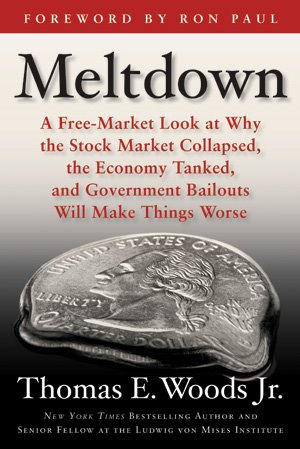IBD had an article out today that discusses 20 page "Policy Statement on Discrimination in Lending" back in 1994 and the impact that had on creating the conditions for a housing bubble.
In summary, the conclusions of the original "discrimination" study was wrong. The reason for a disparity in lending to minority groups was not due to racial discrimination from banks, rather it was the result of their (good) traditional underwriting standards. According to criticism of the original study of bank lending practices back in 1994:
The study did not take into account a host of other relevant data factoring into denials, including applicants' net worth, debt burden and employment record. Other variables, such as the size of down payments and the amount of the loans sought to the value of the property being bought, also were left out of the analysis. It also failed to consider whether the borrower submitted information that could not be verified, the presence of a cosigner and even the loan amount.
When these missing data were factored in, it became clear that the rejection rates were based on legitimate business decisions, not racism.Another excerpt from the article:
The fair-lending task force's original policy paper undercuts the notion the financial crisis was all about banker "greed," though it certainly played a role after the fact. Rather, it offers compelling evidence that the crisis evolved chiefly from government mandates and threats to increase lending to applicants who could not afford them.
I highly suggest reading the entire article. Tom Woods has a great book on the subject as well. While "greed" and other variables naturally came along afterwords, this looks more and more like it began as a policy of putting people (or certain protected groups) before profits. It created the conditions for what was to come: manipulated markets, a housing bubble, and the Great Recession.

No comments:
Post a Comment